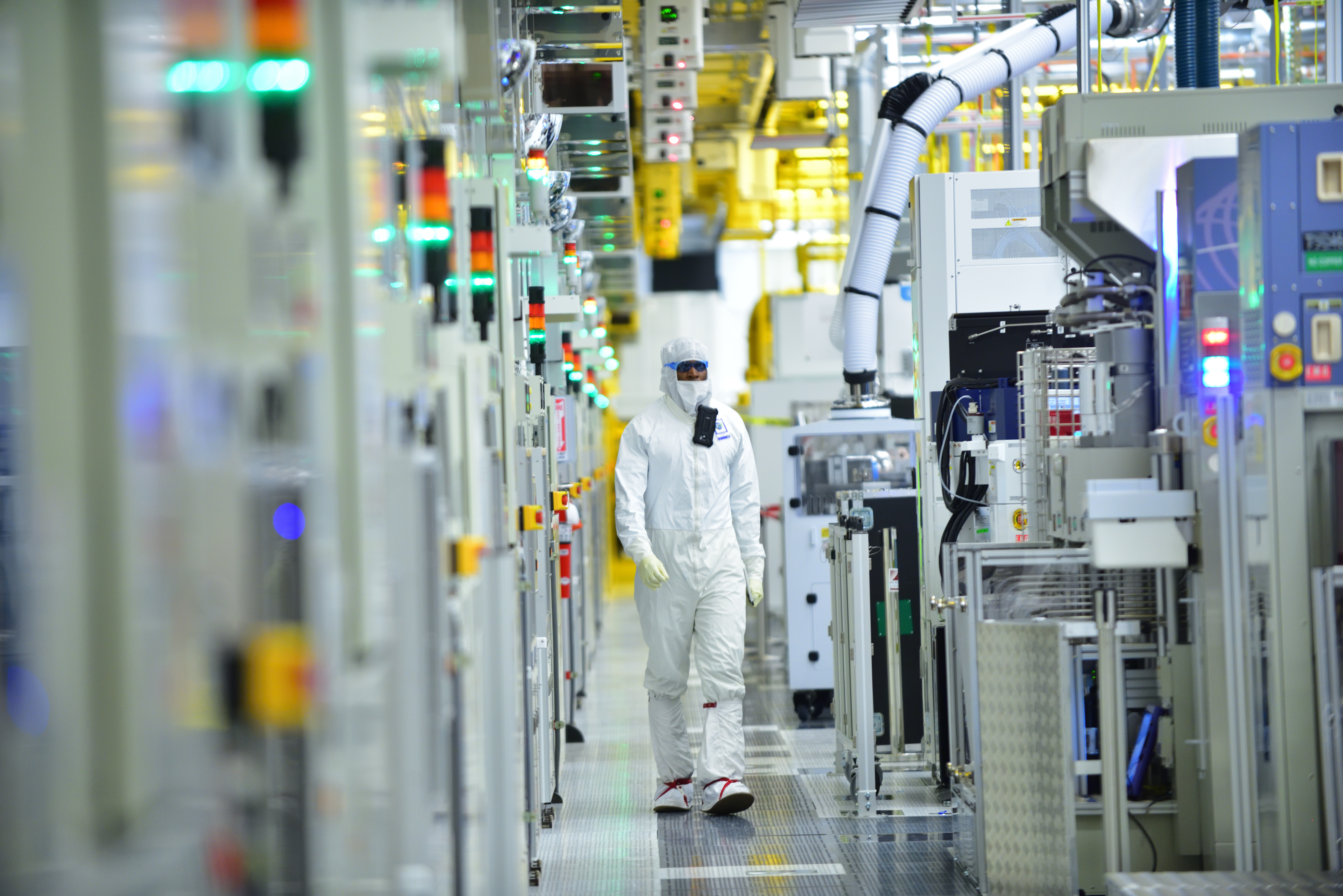Old-fashioned silicon might be the key to building ubiquitous quantum computers

For decades, silicon chips have been at the heart of all kinds of computing devices. But in the race to create quantum computers, an incredibly powerful new type of technology, silicon has taken a back seat to other materials. New advances could make it more attractive.
In theory, silicon should be a great candidate to power next-generation machines. There’s already a huge infrastructure geared to producing silicon computer chips. And methods already exist for generating qubits, or quantum bits, using silicon-based approaches.
Qubits are the fundamental building blocks of quantum machines. A qubit’s ability to be in two states (0 and 1) at the same time—known as superposition—makes possible the massively parallel processing that is destined to outstrip the capabilities of the most powerful conventional computers.
But silicon-based approaches have proved less popular than alternative ways to generate qubits, such as one that uses superconducting materials like aluminum cooled to extreme temperatures. Among other reasons, silicon has been largely shunned because it’s difficult to control qubits generated that way and it’s unclear whether the resulting machines would scale well.
Chip giant Intel is hoping that “spin qubits” will help address such concerns. The basic idea is to use tiny microwave pulses to control the spin of an electron on a silicon device and use this to effectively create qubits.
Academics have been working on ways to make this approach more efficient. In a paper published today in Nature, researchers at Delft University of Technology in the Netherlands and the University of Wisconsin–Madison say they were able to program a two-qubit machine based on spin qubits to execute a couple of algorithms that are typically employed to test the effectiveness of quantum machines, including one that could be used for searching a database.
Thomas Watson, one of the researchers, says the team’s advance was based on things such as finding better ways to calibrate the “gates” in the machine, or the basic quantum circuits. He thinks that silicon-based systems could ultimately allow qubits to be packed more densely together than other approaches. The closer qubits are to one another, the easier it is to get them to influence neighbors, which boosts machines’ computational power.
It isn’t just coziness that matters, though. If qubits can influence more distant neighbors as well as those near to them, then a computer will have even more computational muscle to flex. That’s been the focus of researchers at Princeton University, the University of Konstanz in Germany, and the Joint Quantum Institute/NIST in Maryland. In another paper published in Nature, they describe a method for using microwave photons to help couple distant qubits.
There’s still plenty of work to be done to get silicon-based qubits to a point where they are taken more seriously, but the potential is there. They stay in quantum states longer than their superconducting counterparts, which makes it possible to perform more operations on them. They can also function at higher temperatures, which means they don’t need such complex gear to support them.
Intel thinks all this will make it easier to scale quantum computers to the millions of qubits needed to make a really useful commercial system, which is why it has been supporting researchers working on silicon-based quantum technology. It also plans to start producing wafers with many thousands of small qubit arrays in the same factory that handles its advanced transistor technologies.
But even silicon’s biggest fan is hedging its bets in the quantum race: Intel is developing superconducting qubits too.
Deep Dive
Computing
How ASML took over the chipmaking chessboard
MIT Technology Review sat down with outgoing CTO Martin van den Brink to talk about the company’s rise to dominance and the life and death of Moore’s Law.
How Wi-Fi sensing became usable tech
After a decade of obscurity, the technology is being used to track people’s movements.
Why it’s so hard for China’s chip industry to become self-sufficient
Chip companies from the US and China are developing new materials to reduce reliance on a Japanese monopoly. It won’t be easy.
Stay connected
Get the latest updates from
MIT Technology Review
Discover special offers, top stories, upcoming events, and more.